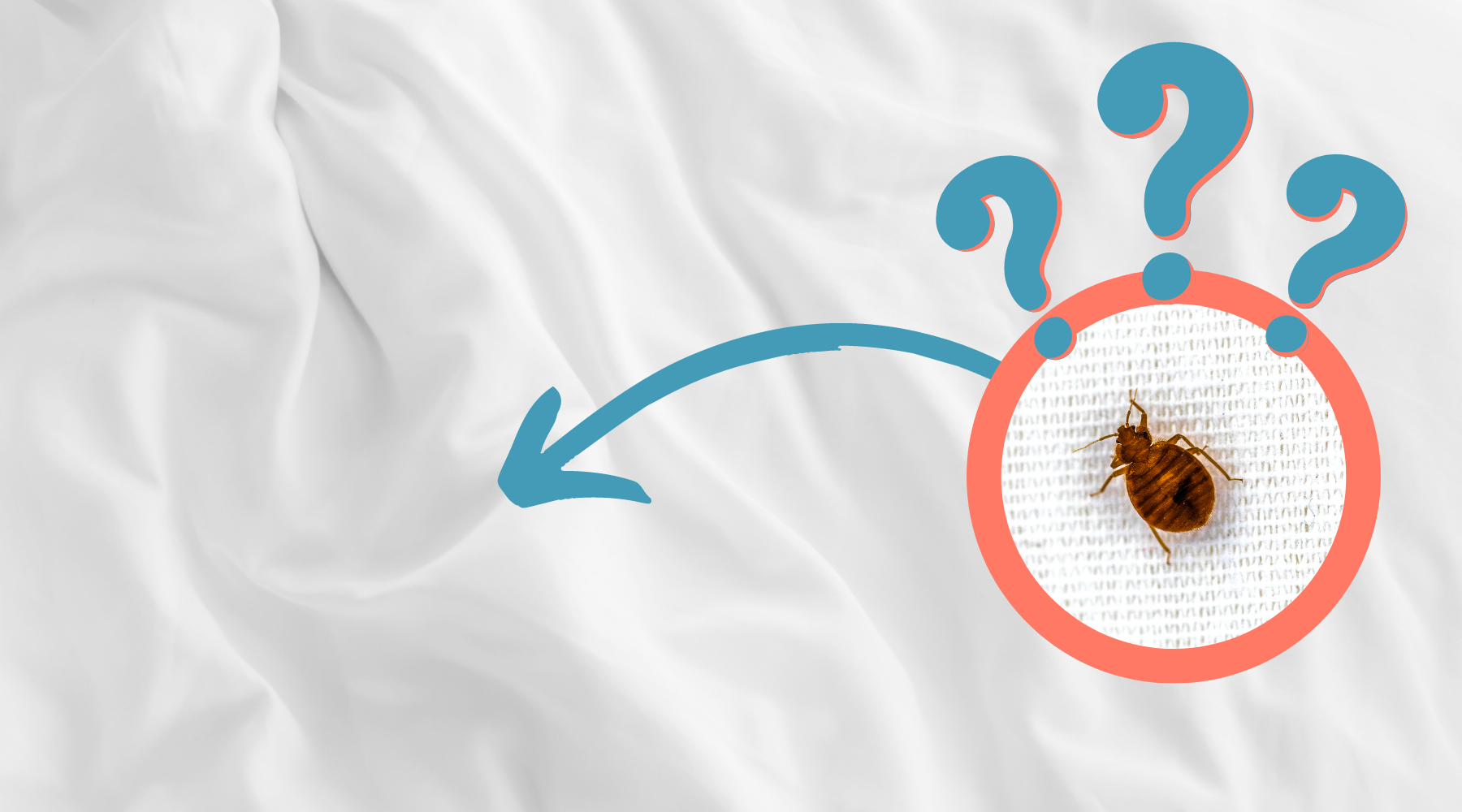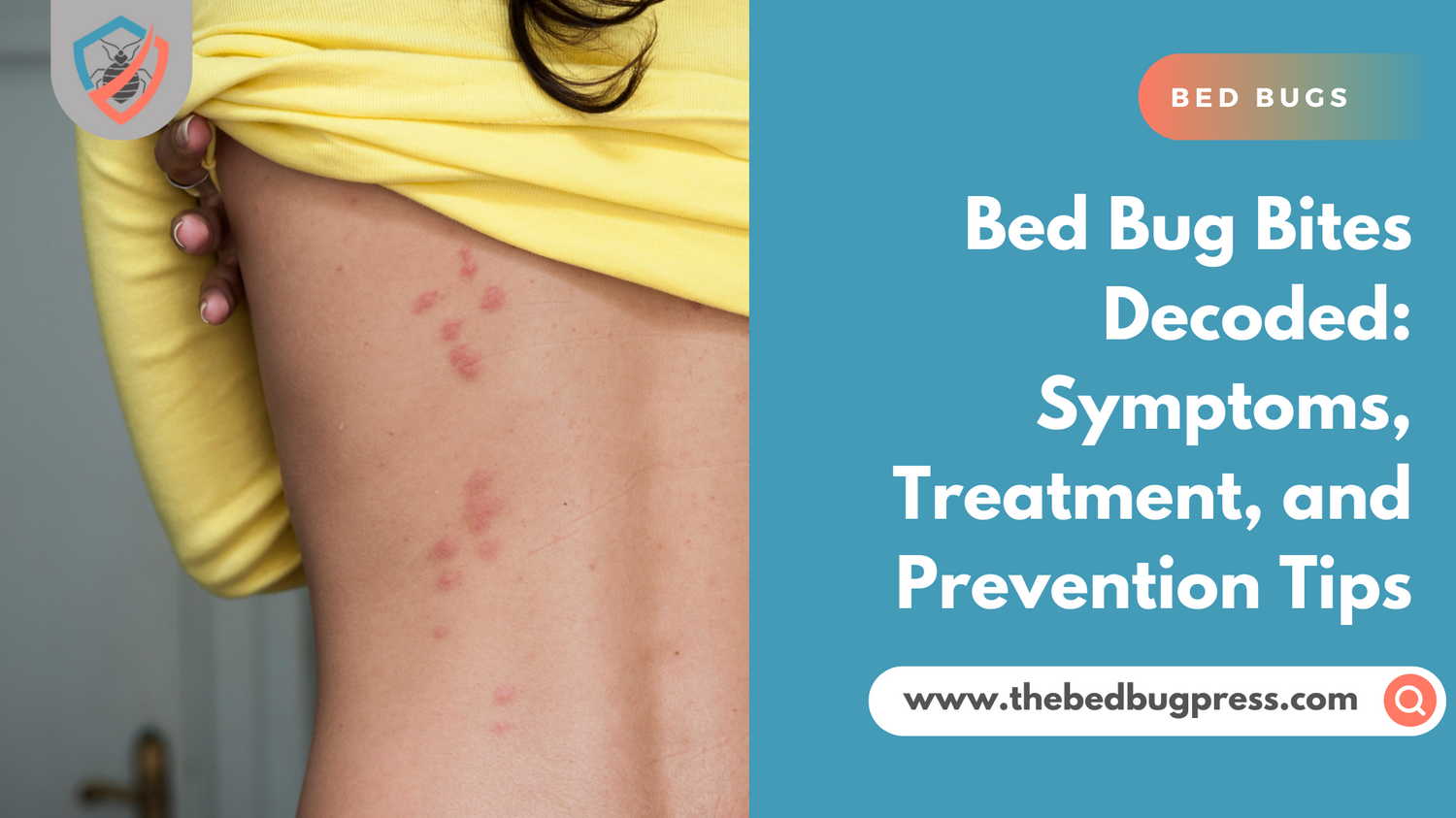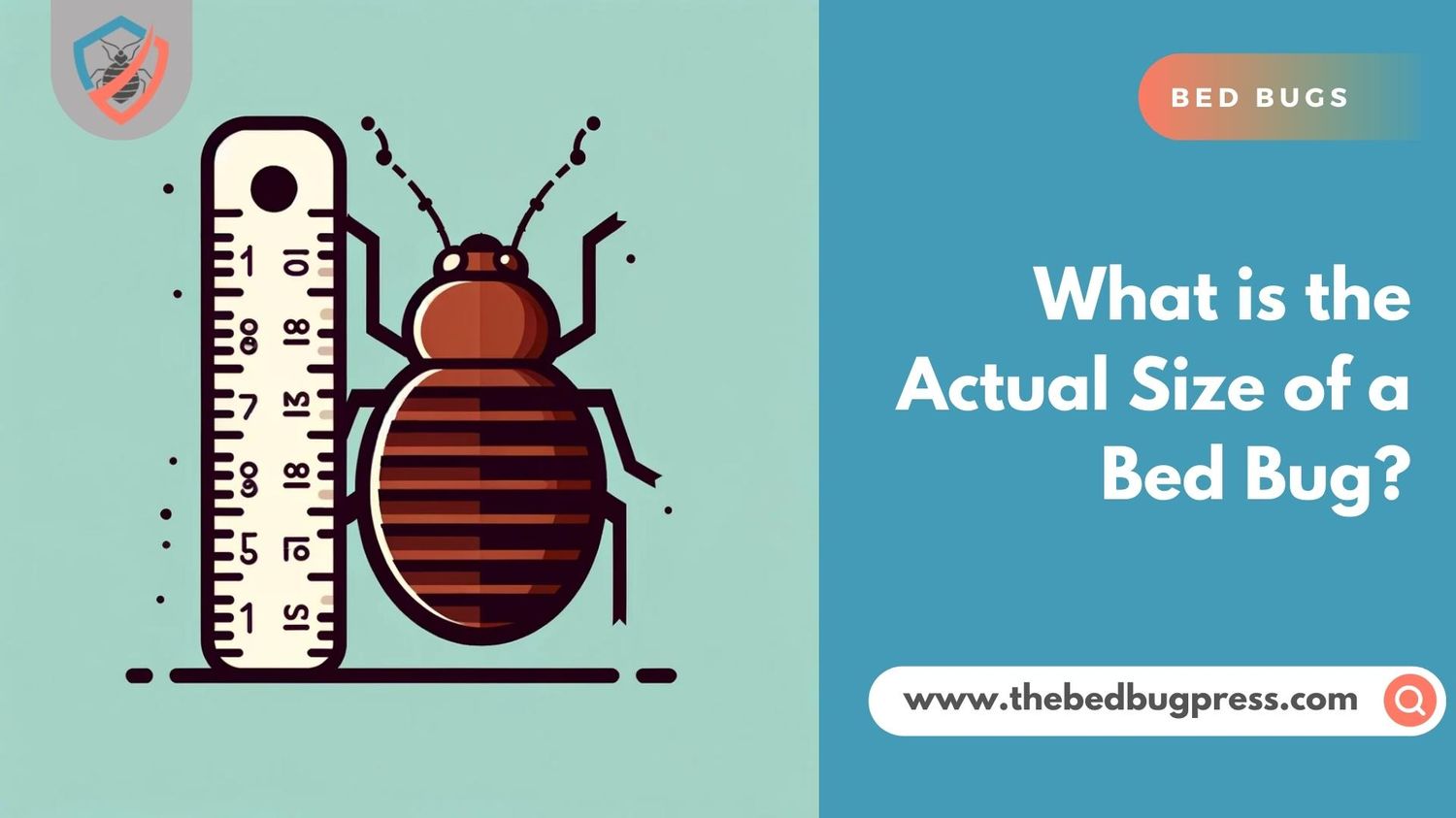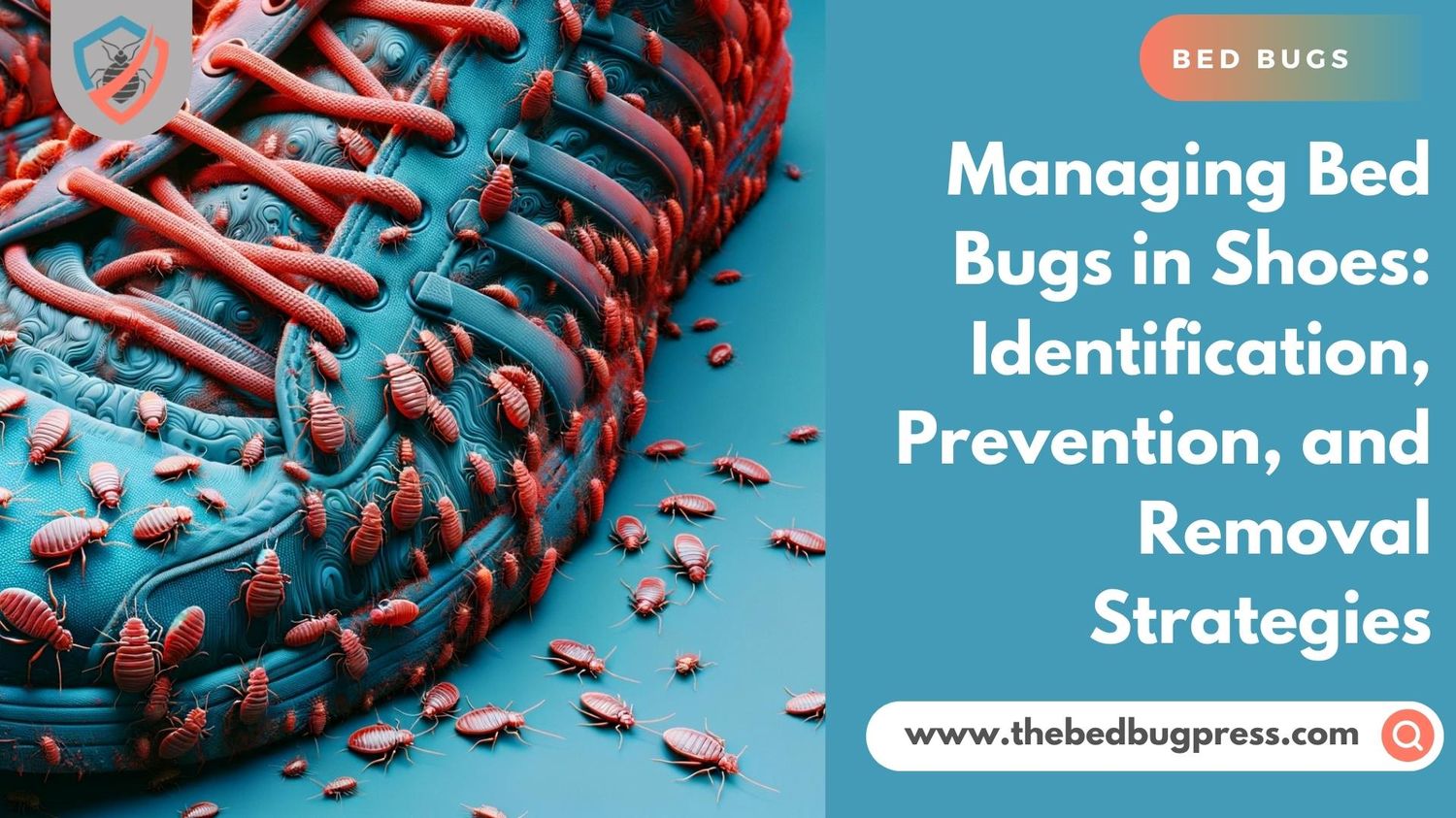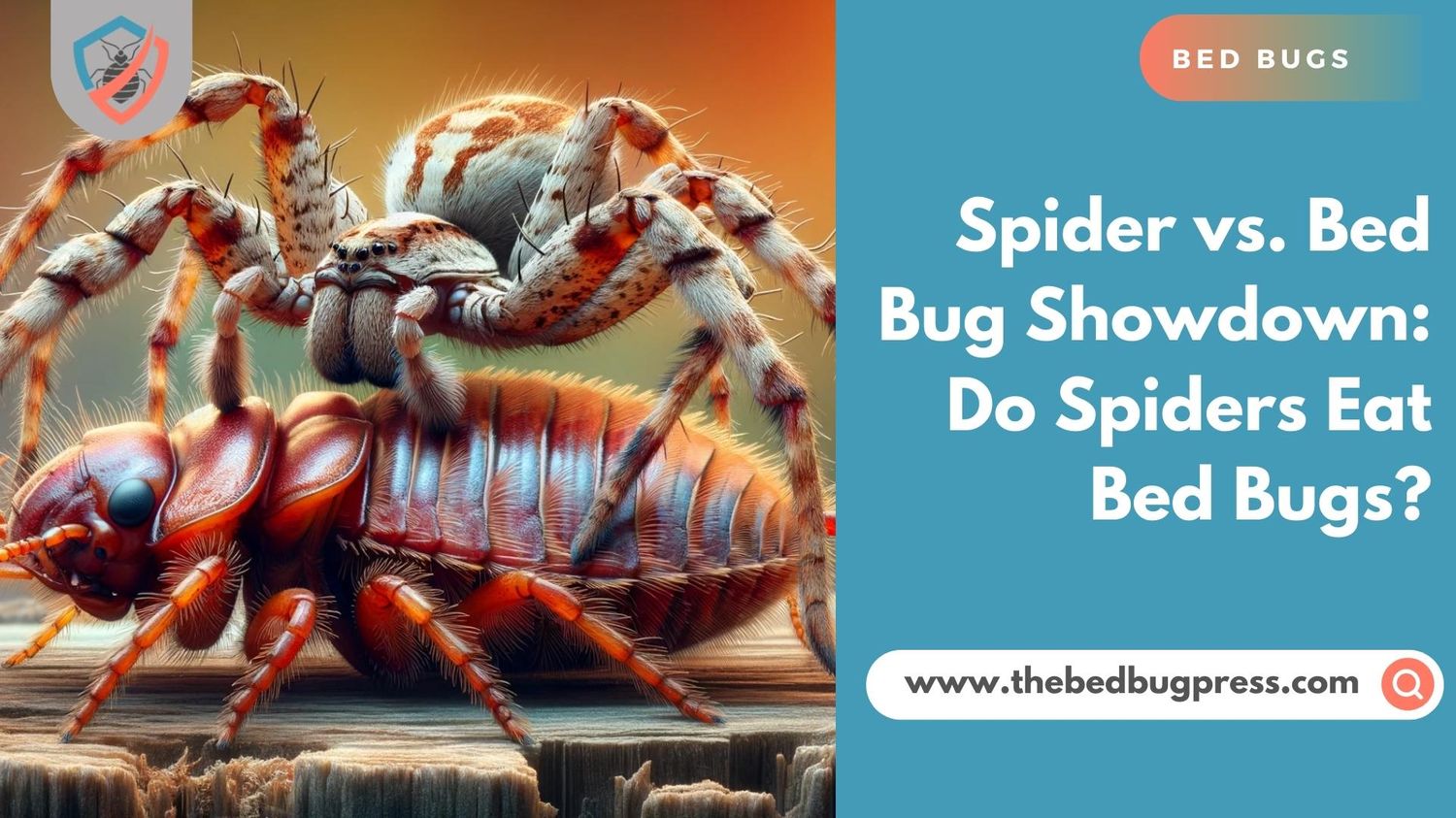Unveiling the truth about bed bugs is essential for effective pest management. One common question that often surfaces is whether a bed bug bites through sheets. To answer this, a deep dive into the behavior and feeding habits of bed bugs is necessary. Understanding these aspects can provide valuable insights and help debunk myths, leading to more effective prevention and control strategies.
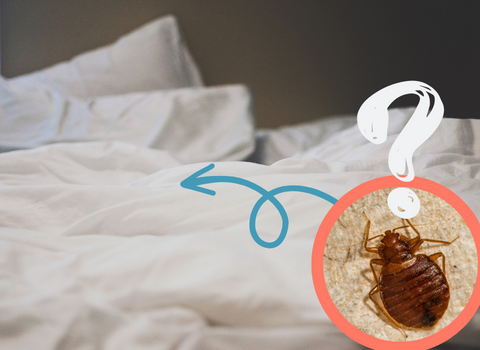
Debunking Myths: Do Bed Bugs Bite Through Bed Sheets?
When it comes to bed bugs, many myths can lead to confusion and unnecessary panic. One such myth is the belief that bed bugs bite through bed sheets. In reality, this is not the case. Bed bugs cannot bite through fabric. Instead, they rely on exposed skin to get their meals.
Bed bugs are nighttime bugs that suck blood from people and other animals. They typically come out at night when their host is asleep, crawl onto exposed skin, and use their elongated beak to pierce the skin and suck blood. This process generally takes about 5-10 minutes, after which the bug retreats to its hiding place.
The idea that bed bugs bite through sheets likely stems from the fact that people often find bed bug bites on their bodies in the morning, even if they went to bed fully covered. However, this doesn’t mean the bugs bit through the fabric. Bed bugs are extremely small and flexible creatures and can easily crawl into loose clothing or under sheets to find exposed skin.
Furthermore, bed bugs are attracted to heat and carbon dioxide – two things that humans emit while sleeping. Even if you’re under a sheet, they can sense your presence and will do their best to find a way to you. Therefore, the presence of a sheet or blanket is not a sufficient barrier to prevent bed bug bites.
The belief that bed bugs bite through bed sheets is a myth. They require direct contact with the skin to feed. However, their small size and stealthy nature enable them to reach their hosts even when they are covered by sheets or blankets.
Cozy Nightmares: Can Bed Bugs Bite Through Blankets?
When it comes to bed bugs, there’s a lot of misinformation and misconceptions. Among the most common is if a bed bug bites through blankets. While it’s true that bed bugs are skilled at finding their way to a host, they don’t possess the physical capability to bite through blankets or any other type of fabric.
Bed bugs feed by injecting two tubes into their host; one tube secretes an anesthetic to numb the area and prevent the host from feeling as the bed bug bites, while the other draws blood. This process doesn’t involve chewing or biting through the material. Instead, bed bugs prefer to access bare skin, where feeding is easier and more efficient.
That’s not to say blankets offer complete protection against bed bug bites. These crafty creatures are experts at navigating their environment to reach their food source. If a blanket isn’t securely tucked in, bed bugs can crawl underneath it to reach exposed skin. They are also small enough to slip through many types of fabric weaves if the gaps are large enough.
While it can be unnerving to think about bed bugs crawling under a blanket to get to you, understanding their behavior can help in devising effective strategies to prevent infestations. Regularly washing bedding in hot water, vacuuming frequently, and sealing off potential hiding spots are all good practices for keeping these unwelcome visitors at bay.
While it may feel like bed bugs have superpowers, biting through blankets isn’t one of them. The misunderstanding likely arises from their ability to navigate under blankets and through fabric weaves to reach their human hosts. Knowing the facts helps separate fear from reality and leads to more effective prevention and control methods.
Invasion of Privacy: Do Bed Bugs Crawl Under Clothes to Bite?
Bed bugs are notorious for their stealthy behavior and unwelcome invasions, often leading to uncomfortable questions such as, “Do bed bugs crawl under clothes to bite?” The answer, unfortunately, is yes. Bed bugs cannot bite through fabric, but they are adept at finding ways around this limitation.
When seeking a meal, they will navigate towards warmth and carbon dioxide that the human body emits, which can lead them to crawl under loose clothing to reach exposed skin. While it might seem like an extraordinary effort, for a bed bug, it’s just part of their survival strategy.
It’s also worth noting that bed bugs are incredibly small, about the size of an apple seed when fully grown. This small size, coupled with their flat bodies, allows them to easily slip under clothing without detection. Once they’ve found a suitable feeding spot, they inject their host with an anesthetic to numb the area and feed uninterrupted for several minutes.
This behavior underscores the importance of taking proactive measures to prevent an infestation. Regularly washing and drying clothes in a high-heat setting, sealing off cracks and crevices where bed bugs might hide, and promptly addressing any signs of an infestation can help keep these pests at bay.
Can Bed Bugs Bite Through Clothes?
Is it possible for bed bugs bite through clothes? They can and will crawl under them to reach their food source, but they won’t be able to bite through clothes. Understanding this behavior is critical in developing effective strategies to prevent and control bed bug infestations.
Their feeding mechanism requires direct contact with the skin, using the bed bug’s mouthparts to pierce the skin and access blood vessels. However, they can crawl under loose clothing or navigate through gaps in loosely woven fabrics to reach bare skin. Therefore, the type or weave of your clothing is not a reliable deterrent or protection against these pests./
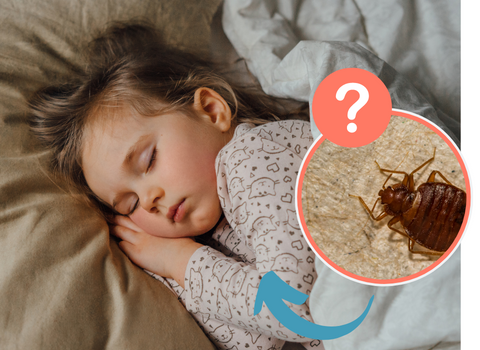
Hidden Threats: Do Bed Bugs Bite Under the Covers?
Yes, they can. While bed bugs cannot bite through the fabric, they are remarkably adept at navigating their environment to reach their food source.
These insects are attracted to the warmth and carbon dioxide that sleeping humans emit, which can lead them to crawl under covers in search of a meal. Bed bugs prefer to feed on bare skin, and they will use their small size and flat bodies to their advantage, slipping under covers unnoticed. Once they locate uncovered skin, they pierce the skin with their beak to feed on blood.
Even though the thought of bed bugs crawling under covers to bite can be unsettling, understanding their behavior can aid in implementing effective prevention strategies. Regularly washing and drying bedding on high heat, thoroughly cleaning the bedroom, and using bed bug-proof mattress covers and pillow encasements can help in reducing the risk of dealing with a bed bug problem and preventing bed bug bites.
Can Bed Bugs Bite Through Any Fabric?
Bed bugs are known for their elusive behavior and ability to feed undetected, often leading to questions about their interaction with various fabrics.
Firstly, it’s crucial to debunk a common misconception: bed bugs cannot bite through any fabric. Their feeding mechanism involves piercing the skin with a specialized mouthpart, known as a proboscis, to draw blood. This process requires direct contact with the skin and does not involve chewing or biting through any material.
Navigating Through Loose Weave Fabrics
While bed bugs can’t bite through fabrics, they can exploit loose weaves to reach their target. These insects can potentially crawl through gaps in loosely woven fabrics to access exposed skin. It’s important to note that the fabric’s weave, not its type, determine whether a bed bug can navigate through it.
Crawling Under Clothes and Bedding
Bed bugs are drawn to the CO2 and body warmth that is usually by the body while sleeping. They will readily crawl under or around clothing or bedding to get to their food source. Their small size and flat bodies enable them to slip under clothes and covers without detection.
In summary, bed bugs cannot bite through any fabric. However, their ability to navigate around and through loose weaves makes them a challenging pest to control. Understanding their behavior and capabilities is essential in developing effective prevention strategies. While fabrics alone cannot fully protect against bed bugs, they can play a role in an integrated pest management approach.
Mystery Bites: What Could Be Biting Me Through My Clothes at Night?
Waking up to unexplained bites can be a perplexing and concerning experience, especially when they seem to have occurred through your clothing during the night. You might wonder, “What could be biting me through my clothes at night?” Below is a list of some nocturnal pests that could potentially be behind these mysterious bites.
Bed Bugs: The Nighttime Nibblers
Bed bugs are notorious for their nighttime feeding habits. While they don’t bite through clothes, they can crawl beneath loose clothing to reach bare skin. Their bites often appear in a line or cluster, providing a clue to their identity.
Fleas: The Moonlight Jumpers
Fleas are not strictly nocturnal but can certainly bite at night. They don’t bite through clothes but can easily jump onto exposed skin from infested pets or fabrics, leaving behind itchy, red bumps.
Mosquitoes: The Twilight Attackers
Mosquitoes are active during dusk and dawn and can bite through thin, tight clothing where the fabric is close to the skin. They are attracted to heat and carbon dioxide, and their long proboscis allows them to pierce through fabric to reach blood vessels.
Mites: The Midnight Munchers
Certain types of mites, such as bird or rodent mites, can become problematic at night when their primary hosts are unavailable. They don’t bite through clothing but can crawl underneath it to reach exposed skin, causing itchy rashes.
Spiders: The Dark Dwellers
While spiders aren’t known for biting through clothes, certain species might crawl under loose clothing and may bite if they feel threatened. Spider bites can vary in appearance and severity depending on the species.
Lice: The Starlight Suckers
Body lice are more active at night and while they primarily reside in clothing seams, they crawl onto the skin to feed. They do not bite through clothes, but their bites can lead to intense itching, especially at night.
Ticks: The Evening Invaders
Ticks are not strictly nocturnal but can certainly latch onto hosts at night. They don’t technically bite through clothes, but their stealthy movement under clothing can give the impression they do.
Chiggers: The Nightfall Nuisances
Chiggers, or harvest mites, are tiny arachnids that can cause intensely itchy bites. They don’t bite through clothes but can navigate through most fabric weaves, typically targeting areas with tight-fitting clothing.
While it might feel like something is biting you through your clothes at night, most insects and arachnids navigate around or under clothing to reach the skin. To find the cause of the bites, observe their pattern, location, and symptoms, and think about recent activities and surroundings. If the mystery persists, it’s advisable to consult with a healthcare professional or pest control expert.
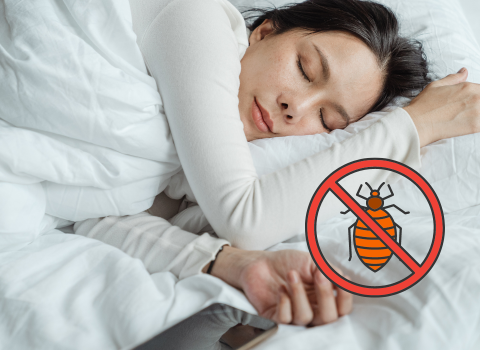
Nighttime Peace: Effective Strategies to Stop Bed Bugs from Biting You at Night
Bed bugs are notorious for their night-time feeding habits, often leaving their victims with itchy, red bites upon waking. If you’re tired of losing sleep over these pests, you might find yourself asking, “How can I stop bed bugs from biting me at night?” Below are some effective strategies to keep these nighttime nibblers at bay.
Regular Cleaning and Vacuuming
You can find bed bugs in the smallest crevices and cracks during the daytime. Regularly cleaning and vacuuming your living space, especially the bedroom, can help reduce the number of these pests and limit their access to hiding spots.
Use of Bed Bug-Proof Covers
Invest in high-quality, bed bug-proof covers for your mattress and pillows. These encasements are designed with tight weaves that prevent bed bugs from entering or escaping, effectively trapping them, and cutting off their food source.
Heat Treatment
Bed bugs are extremely sensitive to heat. Washing your clothes and bedding in hot water, or using a steam cleaner for furniture and mattresses, where bed bugs stay, can kill bed bugs in all stages of their lifecycle.
Professional Pest Control Services
When an infestation is severe, professional pest control services may be necessary. These experts have the knowledge and tools to effectively eliminate bed bugs from your home and provide guidance for preventing future infestations.
Use of Insecticides
Insecticides can be an effective way to kill bed bugs, but they should be used with caution. Always follow the manufacturer’s instructions and consider seeking advice from a pest control professional to ensure safe and effective use.
Regular Inspection and Monitoring
Inspecting your sleeping area and monitoring for signs of bed bugs regularly can help detect a bed bug infestation early. Look for signs like rusty spots on sheets (bed bug excrement), shed skins, or the bugs themselves.
Isolation of Infested Items
If you discover bed bugs on any items, isolate them in sealed plastic bags to prevent the bugs from spreading. Dispose of these items properly or treat them to eliminate the pests.
Reducing Clutter
Reducing clutter in your home can limit hiding places for bed bugs, making it easier for you (or a pest control professional) to spot and deal with an infestation.
There are several strategies to stop bed bugs from biting you at night, ranging from regular cleaning and the use of protective covers to professional pest control services. Early detection and prompt action are crucial for addressing a bed bug infestation. If you suspect a serious infestation, don’t hesitate to seek professional help.

